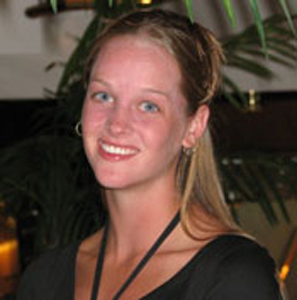Program Information
Bowtie Filter Designs for Dedicated Breast CT
K Kontson1,2*, R Jennings1,2, (1) University of Maryland Department of Bioengineering, College Park, MD, (2) FDA Center for Devices & Radiological Health, Silver Spring , MD
TH-A-103-9 Thursday 8:00AM - 9:55AM Room: 103Purpose: To design bowtie filters with improved properties for cone-beam breast CT in order to improve image quality and reduce dose to the patient.
Methods: In breast CT, the relatively uniform composition and approximate rotational symmetry of the object being imaged invite the application of analytic methods to the bowtie filter design problem. It is possible to eliminate the beam hardening effect in the reconstructed image by adjusting the bowtie filter thickness so that the effective attenuation coefficient for every ray is the same. Other effects for which compensation can be achieved include spectral change only, or spectral change and variation of overall intensity. The designs that compensate for spectral change or spectral change/intensity require additional software corrections to the calibration scan while the beam hardening design does not.
Results: Examples of designs that satisfy the criteria described above are presented. Verification of the performance of the design that eliminates the beam-hardening effect was done by reconstructing simulated projection data. Reconstruction of an experimental data set using a bowtie filter that compensates for spectral change showed a marked reduction in the ring artifact. The performance of the designs depends only very weakly on incident spectrum and tissue composition. By varying the material used in the fabrication of the filter, it is possible to minimize the dynamic range requirement on the detector by dividing it between the calibration scan and patient scan. The designs were based on a cylindrical phantom. Extension of the method to a more realistic shape is straightforward.
Conclusion: The special properties of breast CT permit the use of rational design methods. Simulation and preliminary experimental results for our test geometries are encouraging. The next steps are further experimentation and analysis of performance with non-ideal design parameters.
Contact Email:


